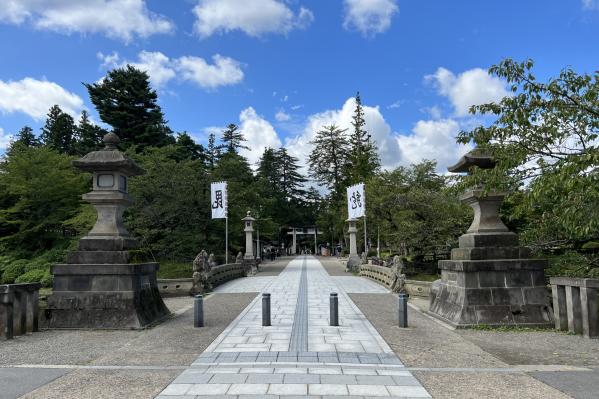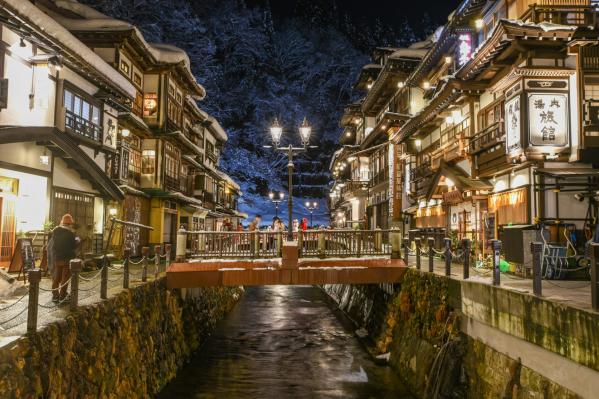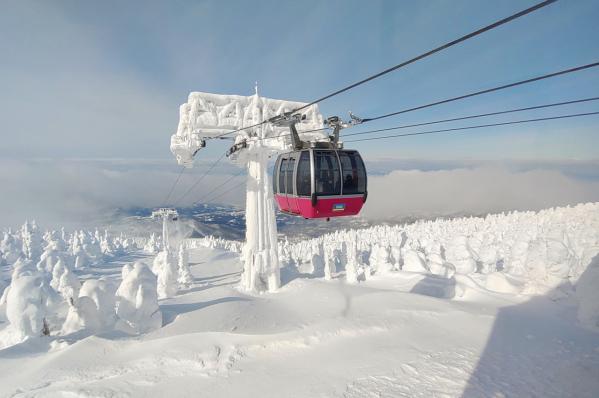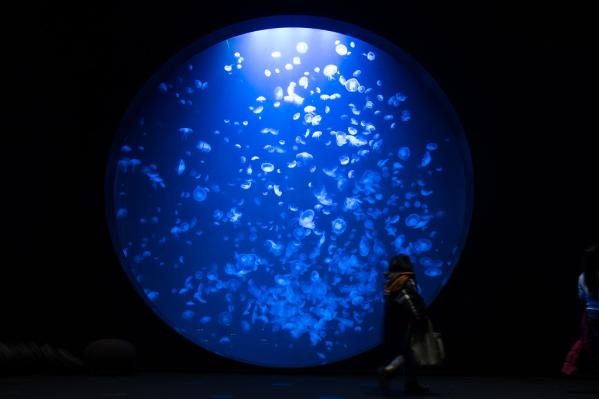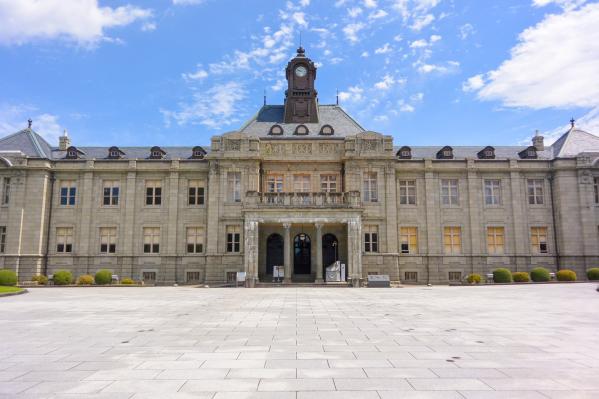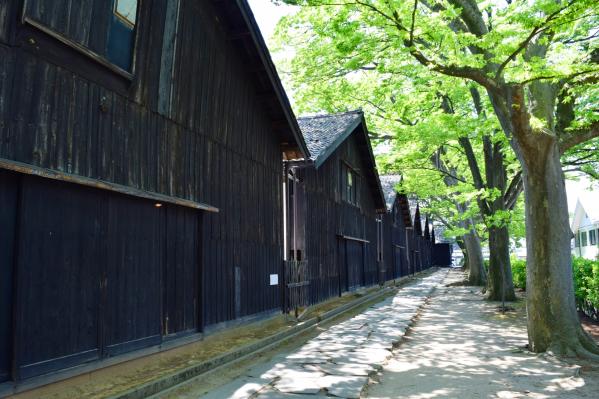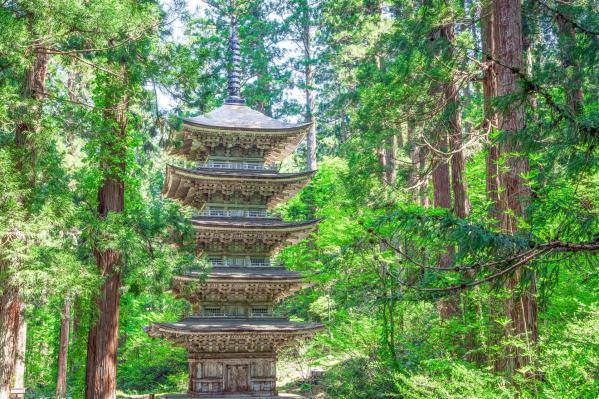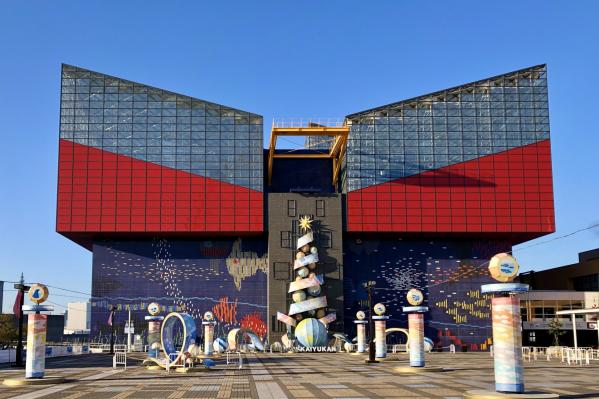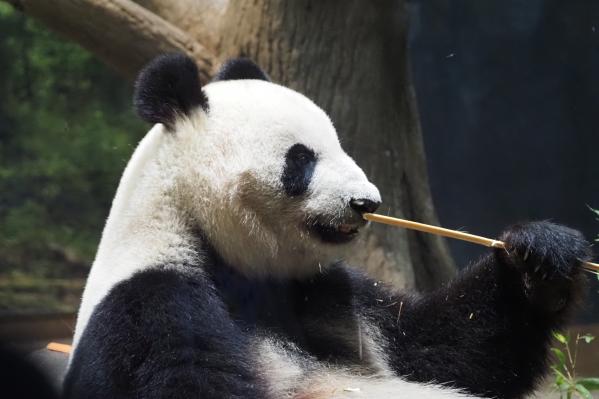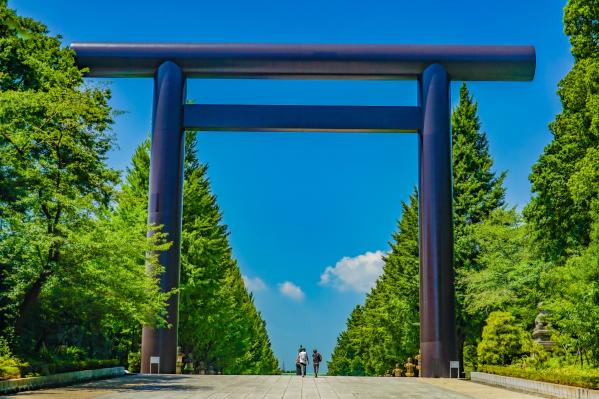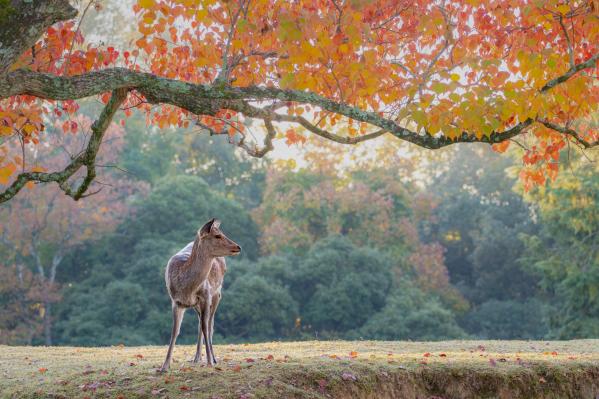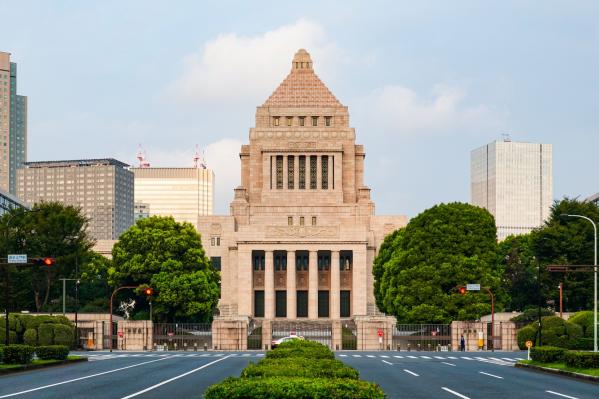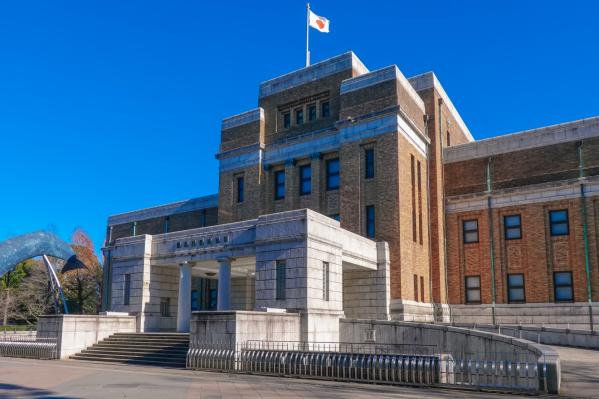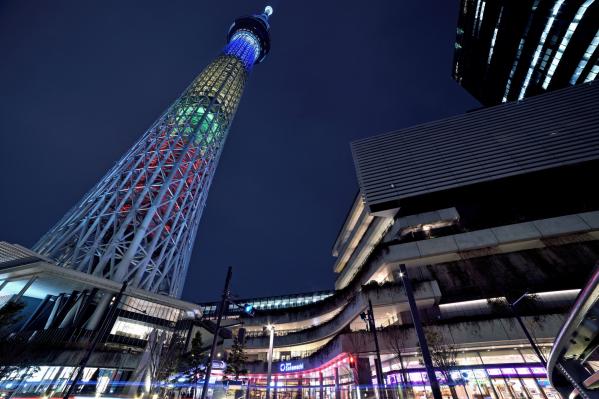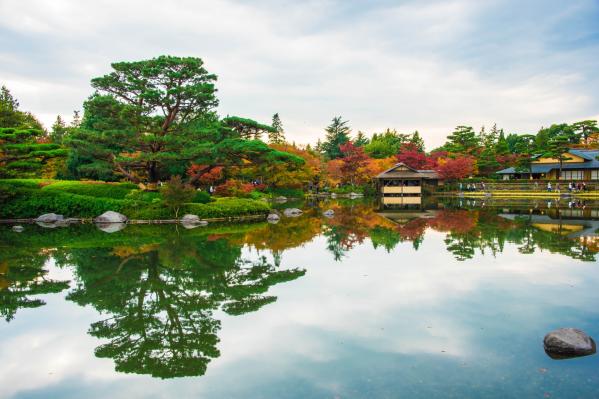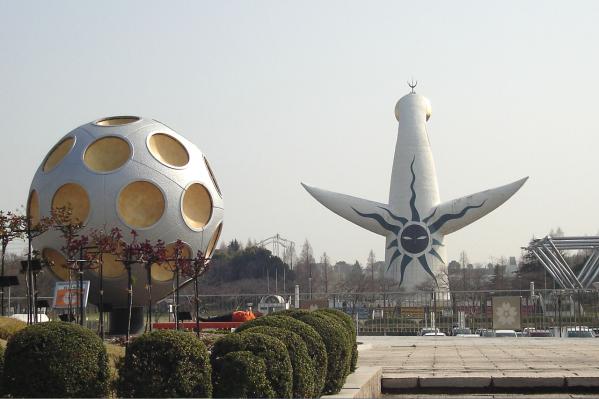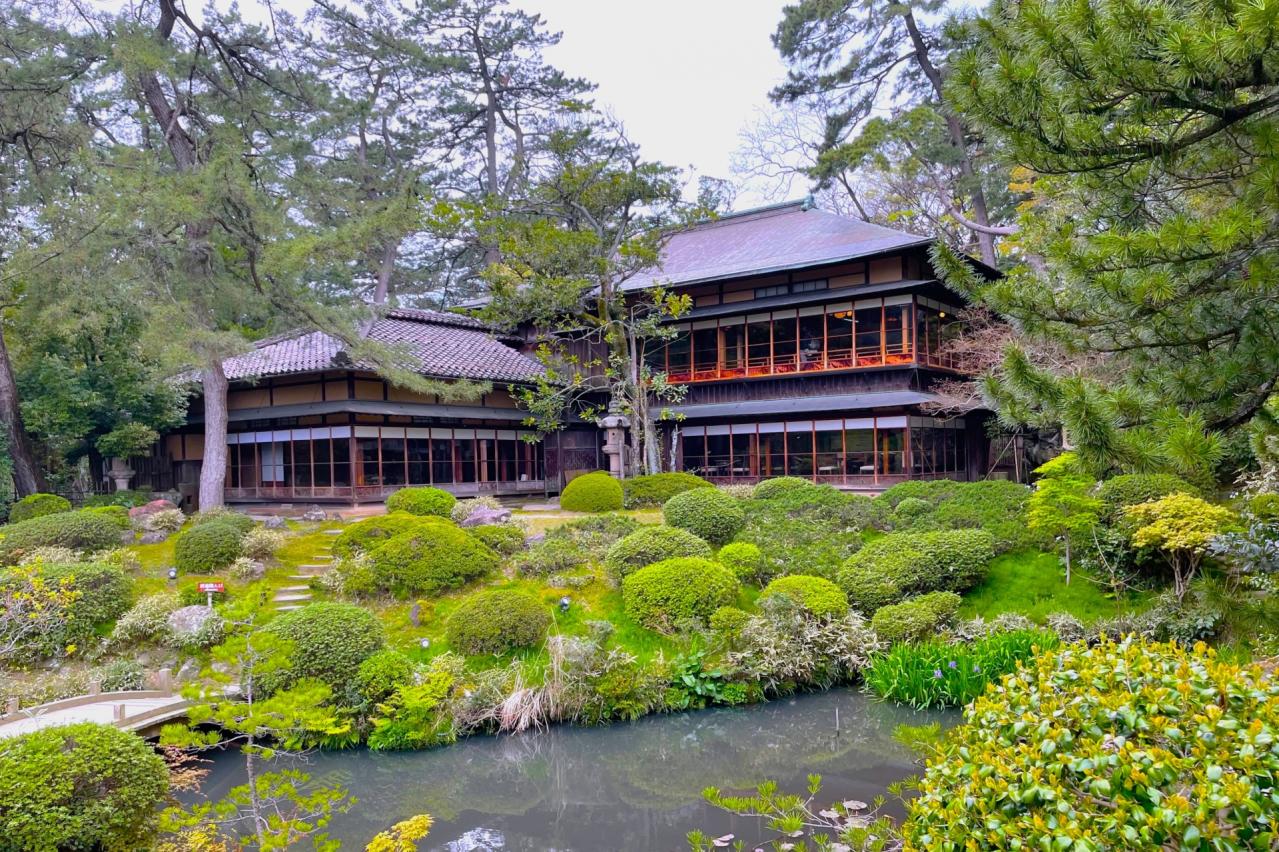
Honma Museum of Art
Basic Information
- Spot Name
- Honma Museum of Art
- Location
- 〒998-0024 7-7 Onarimachi, Sakata City, Yamagata Prefecture, Japan
- Access
- 5 minutes walk from Sakata Station.
Take the bus to Sakata from Shonai Airport and get off at the last stop, Shoko Bus Terminal, then walk for 1 minute. - Parking
- Parking available for 30 cars.
- Business Hours
- April to October: 9:00 AM - 5:00 PM (Last admission at 4:30 PM)
November to March: 9:00 AM - 4:30 PM (Last admission at 4:00 PM) - Regular Holiday
- Closed on Tuesdays and Wednesdays from December to February (the following day if it falls on a holiday).
- Fees
- General: 1,100 yen
High school and university students: 500 yen
Elementary and middle school students: free - Contact Information
- Phone Number:0234-24-4311
- Official Website
Map
Detailed Information
Homma Art Museum is a private art museum located in Sakata City, Yamagata Prefecture, and it was opened in 1947 (Showa 22). Originally known as "Seienkaku," a villa of the wealthy merchant Homma family, along with the garden "Kakubu-en," it was opened to the public as the first private art museum after World War II. It was established with the hope of encouraging the spirits of people who were devastated by the war, helping them regain confidence and pride through the appreciation of Japanese art. The museum began its operations with the cooperation of citizens and related parties. Currently, it is operated by a public interest foundation and hosts a wide range of exhibitions, from ancient art to contemporary pieces and historical artifacts.
Seienkaku
The main building, Seienkaku, was constructed in 1813 by the fourth head of the Homma family, Mitsumichi, in a traditional "shoin-zukuri" style. During the feudal era, it served as a resting place for the lord of Shonai and important figures of the shogunate. After the Meiji period, it became a guesthouse for royalty, government officials, and literary figures. In 1925, it also served as accommodation for Emperor Showa (then Crown Prince). The interior features a tea room called "Rokumeiro," showcasing exquisite traditional Japanese designs throughout. Today, it is open as a permanent exhibition room displaying important cultural properties, significant art pieces, tea ceremony utensils, and historical materials.
Kakubu-en
Adjacent to Seienkaku, Kakubu-en is a pond-style strolling garden, featuring the backdrop of Mount Chokai, and is designated as a national scenic beauty spot. Spanning approximately 20,000 square meters, the garden is adorned with famous stones brought by the Northbound Shipping route, expressing the landscapes of deep mountain valleys on the north side and rural hills on the south side. Visitors can enjoy the beauty of the garden throughout the seasons, with white azaleas in spring, autumn foliage, and snowy scenery in winter. In 2009, it received recognition in the "Michelin Green Guide Japan." There is also a tea corner where visitors can enjoy matcha while gazing at the garden, providing a moment of relaxation.
New Building and Exhibition Activities
In 1968, a new building was completed, enabling the museum to hold a variety of special exhibitions ranging from ancient art to contemporary art. The collection includes items received from feudal lords, historical materials, and tea utensils cherished by the head of the family, along with important cultural properties and art pieces. The museum now holds approximately 3,000 items in its collection and continues to host special exhibitions in addition to the permanent displays.
Highlights and Attractions
• Experience the history of the Homma family, known as wealthy merchants and large landowners since the Edo period, through its buildings and gardens.
• The illustrious legacy as a guesthouse for royalty and notable figures, including the visit of Helen Keller in 1937.
• Exhibits reflecting the culture and art brought by the Northbound Shipping route.
• A matcha experience served in Homma pottery (may be available at the tea corner).
• The beauty of the garden, which received high praise in the "Michelin Green Guide Japan."
Honma Museum of Art Movies
Yamagata Tourist Attractions
View ListRisshaku-ji (Yamadera)
Hojusan Risseiji, commonly known as Yamadera, is one of Japan's renowned spiritual sites. Founded in the second year of the Jōgan era (860) by the third head of the ...
Uesugi Shrine
The Uesugi Shrine, established at the ruins of Yonezawa Castle, enshrines Uesugi Kenshin, regarded as the strongest warlord of the Sengoku period. It is known as a p...
Ginzan Onsen
Ginzan Onsen is a charming hot spring resort that feels like stepping back in time, characterized by its retro scenery. Traditional wooden ryokans (inns) line both b...
Zao Ropeway
Zao Ropeway is located in Zao Onsen, Yamagata City, and offers visitors and outdoor enthusiasts beautiful nature throughout the four seasons. It starts from the Zao ...
Kamo Aquarium
Located in Tsuruoka City, Yamagata Prefecture, "Kamo Aquarium" is an impressive aquarium housed in a modern white-walled building along the Sea of Japan. This aquari...
Yamagata Prefectural Museum "Bunsokan"
The Yamagata Prefectural Museum, known as Buntokan, is a building constructed in the style of British Neo-Renaissance in 1916. Until 1975, it served as the center of...
Sankyo Soko Warehouses
Located in Sakata City, Yamagata Prefecture, "Sankyo Warehouse" has served as a rice storage facility since its establishment in 1893. Its unique structure features ...
Mount Haguro Five-story Pagoda
The Haguro Five-Story Pagoda is a historic structure considered to be the oldest in the Tohoku region, located at the entrance to the "Ichi no Saka" on the approach ...









